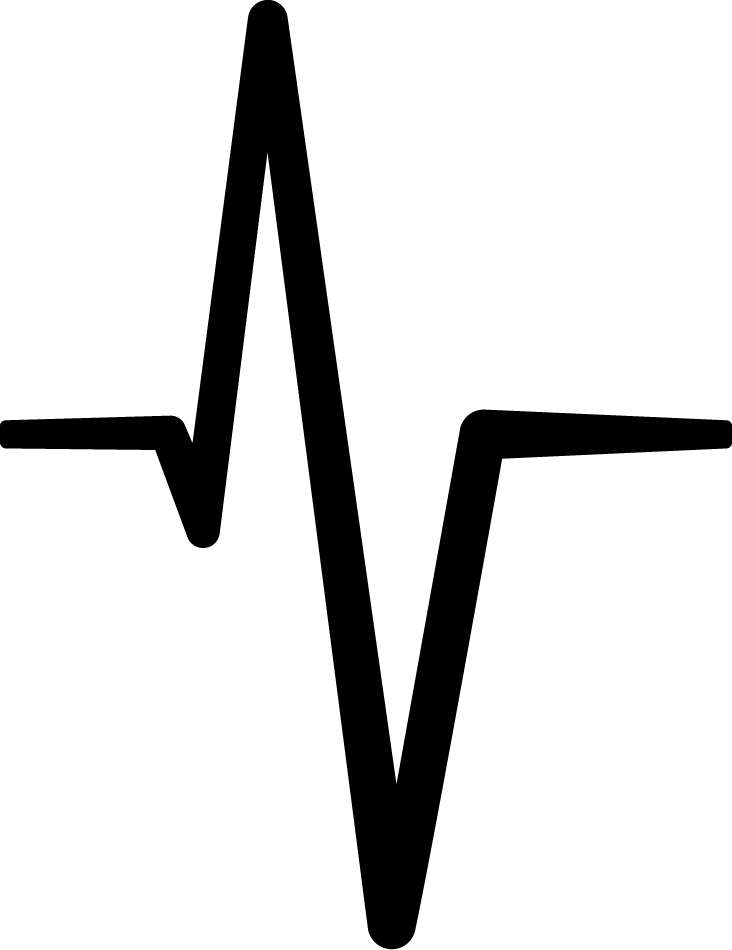JiveTurkey
Goatlord
- Messages
- 22,590
So… they still can‘t manage to port their plugins to the hardware, but are planning to make a plugin version of the hardware‘s software?

So… they still can‘t manage to port their plugins to the hardware, but are planning to make a plugin version of the hardware‘s software?

Hopefully he has found true apenisFriend of mine brags about marrying a Miss P. Enis
No joke
Hopefully he has found true apenis


This is why I think a hybrid approach could be the best, machine learning applied to underlying amp models which already have all/most amp topologies and tonestack types and the training only tweaks existing parameters on the model, after the user chooses the same/closest model and sets the knobs' positions and tapers to be the same as on the real amp... if that's even feasible.FWIW:
If you were to do interpolation-based black-box it's an N-dimensional interpolation table, where N is the number of controls, and each entry in the table is a vector. For example, if there are only two knobs then it's a two-dimensional lookup table and you interpolate linearly between adjacent vectors.
For interpolation to work you typically need more than a few samples. I would consider 5 samples per control the bare minimum. For a control that goes 0-10 that means samples at 0, 2.5, 5, 7.5 and 10. I'm not sure how well that coarse of a sampling would work though. It depends on the locus of the coefficients vs knob position.
So for an amp with, say, Gain, BMT, Presence, Depth and Master you have seven controls. That means your table is 7-dimensions which, for five samples is 5^7 = 78,125 entries.
If it takes a minute to learn each combination of settings that's 54 days. And that's assuming you have a robot that can adjust these controls for you accurately, nothing ever malfunctions and the power doesn't go out. I've yet to see a robot that can be programmed to turn amp knobs but I'm sure it could be done. It would likely be very expensive.
If an amp has switches then that's another dimension but that dimension only has two (or three if it's a three-way switch) elements. So if our hypothetical amp has a three-way switch it would now take 162 days to learn it. If it has two three-way switches then it's 324 days. Etc.
Now we get into data storage. Let's say there's 1K coefficients that are required for each vector. This means you need to store 78M coefficients (for each switch position).
Given the above the interested reader can probably draw conclusions about the techniques being used for adjustable amp models.
Or install motorized pots/faders in the amp with the same resistance and taper of the original ones. But that wouldn't be exactly "user friendly"I've yet to see a robot that can be programmed to turn amp knobs but I'm sure it could be done. It would likely be very expensive.
I would model the the preamps with NNs, then just use traditional modeling elsewhere. This assumes you can isolate a large part of the preamp from the controls.This is why I think a hybrid approach could be the best, machine learning applied to underlying amp models which already have all/most amp topologies and tonestack types and the training only tweaks existing parameters on the model, after the user chooses the same/closest model and sets the knobs' positions and tapers to be the same as on the real amp... if that's even feasible.
And that's the problem, usually the tonestack is a part of the preamp and you can't really isolate it without taking the amp apart. The other way around could be more feasibleI would model the the preamps with NNs, then just use traditional modeling elsewhere. This assumes you can isolate a large part of the preamp from the controls.
I always thought t the tone stack usually sat between the preamp and Poweramp or before it like on a mark?And that's the problem, usually the tonestack is a part of the preamp and you can't really isolate it without taking the amp apart. The other way around could be more feasible
It varies on an amp to amp basis. It's early in the circuit on Fender type amps and later in Marshall type amps. You can't easily separate it out because it has a big effect on how much gain and with what kind of frequency response goes to the later preamp stages as well as the poweramp.I always thought t the tone stack usually sat between the preamp and Poweramp or before it like on a mark?
Certainly looks feasible on a lot of amps https://robrobinette.com/How_the_Marshall_JCM800_Works.htmIt varies on an amp to amp basis. It's early in the circuit on Fender type amps and later in Marshall type amps. You can't easily separate it out because it has a big effect on how much gain and with what kind of frequency response goes to the later preamp stages as well as the poweramp.
Mesa Mark series have one tone stack early on (the knobs) and one later on (graphic EQ). The effect of those two sets of controls are quite different.
 ...
...
 unity.neuraldsp.com
unity.neuraldsp.com
Apple Silicon shouldn’t even be part of the discussion. Apple gave software developers more than a generous notice to get their code written, offered development units, etc. It’s been what, two years now? Annnd we’re already on M2
Apple Silicon shouldn’t even be part of the discussion. Apple gave software developers more than a generous notice to get their code written, offered development units, etc. It’s been what, two years now? Annnd we’re already on M2
Quit passing the blame to Apple, Neural DSP.

I'm reading this out of context, but the quoted text and subsequent paragraph seem very much at odds. "development and QA teams will halt work..." vs. "will not affect the rate at which we continue to work..."Shifting the discussion back on track...

Plugin Development Update - March 2023
Thanks for the update on your direction. Your goals are important, both Apple Native (M1/2) and the QuadCortex. I respect your openness and appreciate your direction. Being a Plugin owner running a Mac M1, I know how important this is. Running the plugin in Rosette makes it a bit of a hog...unity.neuraldsp.com
View attachment 4847
I'm reading this out of context, but the quoted text and subsequent paragraph seem very much at odds. "development and QA teams will halt work..." vs. "will not affect the rate at which we continue to work..."
What's Cortex Control? Is that what they're calling their editor application now?

They explained it twice in one sentence. Three times. Never the same way twice.Come on, man! They’ve explained it twice in one week now! What’s not to understand?

Just realized the downside of ordering direct from IK versus e.g. Sweetwater. Can't find anything on return policy beyond the "All sales are final" text in my email receipt. Not surprising considering so much of their revenue is per software attach rate. I just wrote customer service, but I've been sitting on this thing for about three weeks now, and I'm probably pushing my luck.Return it. At this point; you've done your due diligence.
